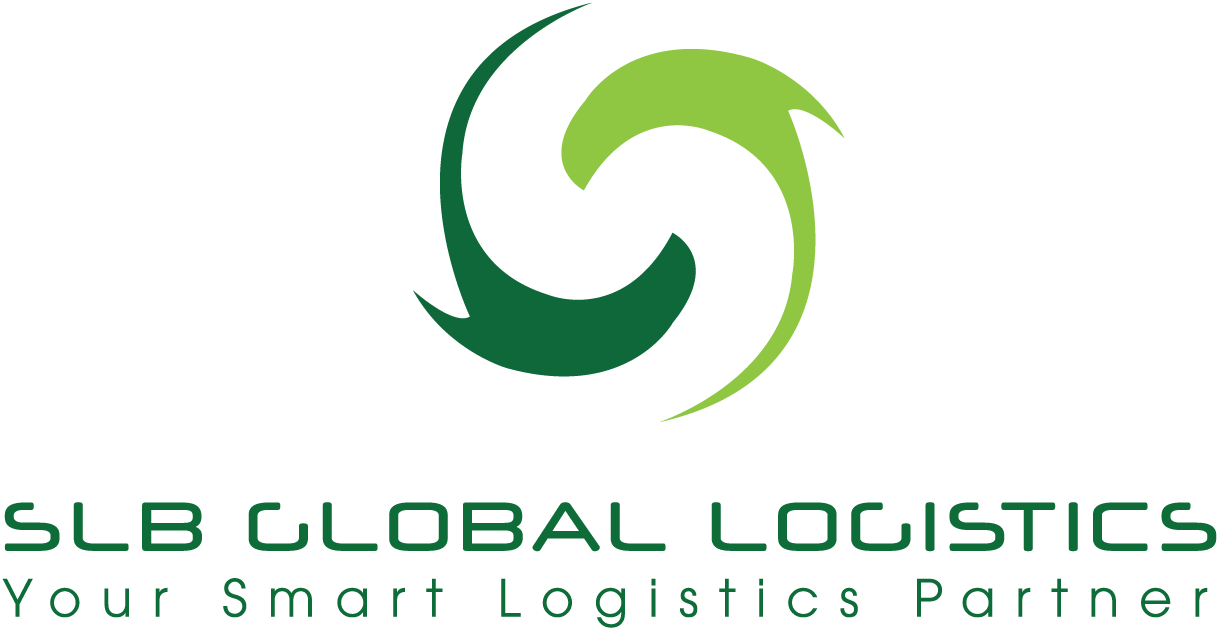No plan will work for all startups, but these tips will get your business on a track toward a sustainable supply chain.
If you want your business to have long-term success, you have to create sustainable supply chains. It’s necessary in today’s world, where climate change, environmental disruptions and human rights issues are real risks to smooth (and ethical) supply chain management. Waste must be reduced and, in most cases, it must be reduced significantly.
For Patara, a new shoe company, developing a sustainable supply chain meant building strong relationships with manufacturers. Other startups will use a different method to create a sustainable supply chain — there really isn’t a one-size-fits-all, comprehensive plan. There are some best practices, however, so if you’re looking to develop a sustainable supply chain, follow the three keys below:
1. Map and segment your supply chain
Make sure you fully realize the unique challenges your company and your suppliers face.
Let’s look at Patara again. On the shoe company’s Kickstarter page, there is a line that states, “We believe that many of life’s most valuable experiences are gained through travel.” If part of your mission statement is about the importance of seeing the world, it probably helps if your company is environmentally friendly, and Patara boasts about using sustainable materials to craft their shoes.
Once you’ve identified those challenges, you’ll need to find your potential major suppliers and trace the flow of supplies, information and services. Are there any human rights or environmental red flags? Understand the different levels of risk for each potential supplier and adjust accordingly.
2. Communicate your vision to every shareholder
Your company vision should be clearly represented to everyone, from supplier to customer. Don’t allow a wink link in the sustainable supply chain — everyone needs to know what they’re producing or buying.
The best way to do this is to make your vision clear and concise — and not just to executive members of the company, but also every employee and entity involved.
You can only do this if you have an accurate picture of the supply chain itself. Additionally, you need to let people do their jobs and avoid controlling every step of the process.
Related: When Manufacturing in China, Face Time Can Be Critical
3. Collaborate with other business leaders
Developing sustainable supply chains involves complex issues and intricate, sometimes fragile, connections. Tackling certain aspects alone is nearly impossible and may hamper your ability to reach your objectives. Collaboration can foster innovation, which could help yousave time and resources as well as boost productivity. Sharing best practices, for instance, can help businesses establish guidelines for implementing their supply chain reforms. Industry collaboration also serves as a way for smaller companies to join forces with larger ones, bolstering their sustainability efforts.
Strengthening the industry’s sustainability efforts as a whole, in turn, benefits each company within it individually. The sooner you establish a sustainable supply chain, the better, as the imperative to do so is only growing as time goes on.
Related: 10 Questions Every Entrepreneur Needs to Ask Suppliers
There are numerous reasons to join the effort to reduce waste, corruption and human rights violations beyond the obvious moral and ethical arguments. Transacting business with wasteful suppliers is also deleterious to your bottom line and consumer trust.
Tweaking your supply chain is difficult, and it has many moving parts. But, crafting a vision statement, mapping your supply chain and collaborating with industry leaders and will ease the pain of change considerably.


Leave a Reply